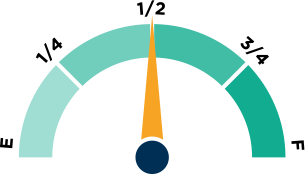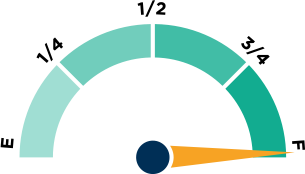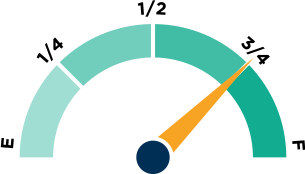Rhode Island
Rank
Rhode Island, at 46th with an F, treads water. Competency-based innovation offers a lifeline, but the Ocean State’s lack of real choice leaves families adrift.
A law that has reached its cap on the number of charter schools that can open, and limits their operational flexibility and funding, Ocean State charters are confined and remain predominantly an urban phenomenon, mainly because unions and districts have...
Rhode Island supports dual enrollment programs for students to earn college credit in high school and CTE programs are offered in most public high schools to provide career-focused learning opportunities. State law allows Innovation Schools/Zones, and schools...

Governor Dan McKee, once a champion of mayoral charter schools, has recently focused on expanding options within traditional public schools. As momentum builds in Rhode Island for broader school choice and innovative models, now is the time for the Governor to...
A very modest tax credit for scholarship programs is capped artificially low, resulting in the ability of fewer than 400 students to participate.
Even as innovation surges nationwide, high-spending states like California, New York, and Oregon still limit families' options, showing that dollars alone don't guarantee education freedom.

School report cards are easily accessible under the “Information & Accountability → RI Education Data” section, located right on Rhode Island's Department of Education homepage. Report cards can also be accessed by navigating directly to the state’s data...

One of many data points to assess whether a state has the right policies in place to ensure teacher quality is the "use of student achievement data in teacher preparation accountability." How empty or full the fuel tank above is will give you the answer for your state.

Rhode Island does not have a Blaine Amendment. "Rhode Island courts adhere to federal Establishment Clause precedent when interpreting the state's Compelled Support Clause." (Institute for Justice)